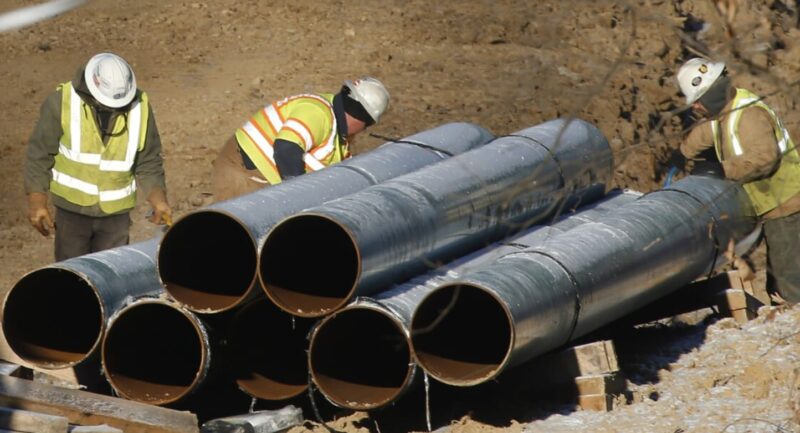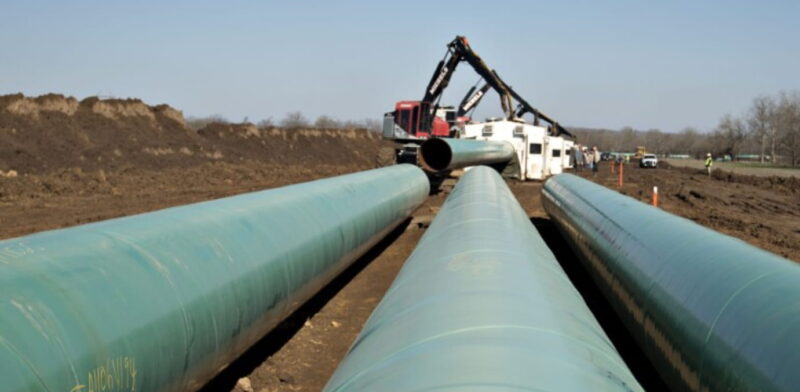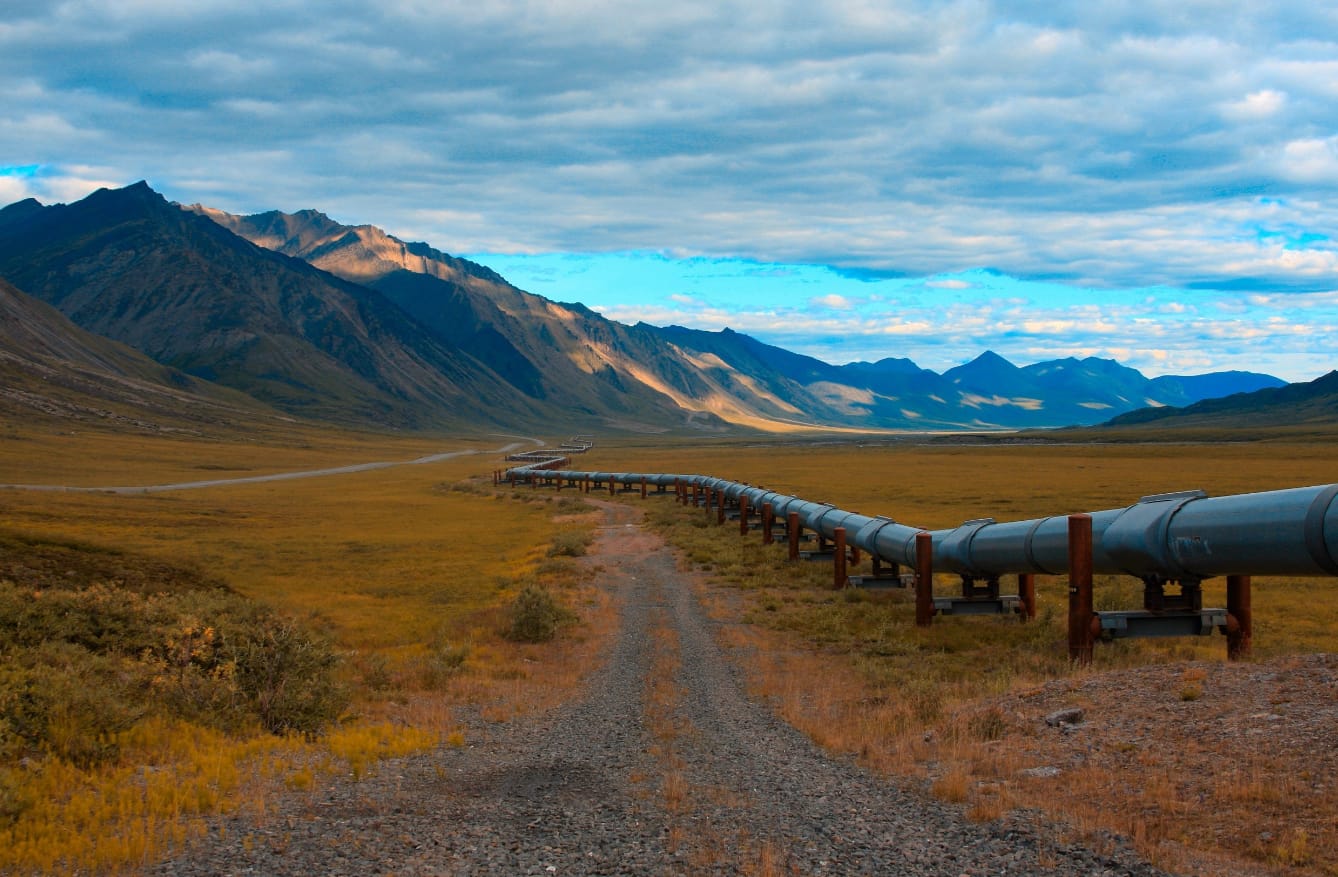Have you ever wondered how oil and natural gas travel across the vast expanse of the United States to power your car or heat your home? The answer lies in a network of pipelines that serve as the lifeblood of America’s energy infrastructure. Pipelines are crucial for transporting essential resources efficiently and safely.
In this blog post, we’ll explore some interesting facts about pipelines in the U.S., shedding light on their historical development, technological advancements, economic impact, and future prospects.
Historical Overview of Pipeline Development in the Country

Pipelines have been part of the American landscape for over a century. The first significant pipeline in the U.S. was the Pennsylvania Oil Pipeline, constructed in 1865, stretching an impressive 109 miles to transport crude oil. This marked the beginning of a transformative era.
By the early 20th century, the demand for oil and natural gas surged, prompting the construction of more extensive pipeline networks. The completion of the “Big Inch” and “Little Big Inch” pipelines during World War II further solidified the importance of pipelines in supporting wartime efforts by transporting crude oil and refined products.
Today, the U.S. boasts an extensive pipeline system spanning over 2.6 million miles, making it one of the most intricate and expansive networks in the world. This historical evolution has laid the foundation for the modern energy infrastructure we rely on today.
The Role of Pipelines in Transporting Energy Resources
Pipelines are the unsung heroes in the energy sector, responsible for transporting vital resources like oil and natural gas from production sites to refineries and end consumers. These conduits are designed to move large quantities of energy resources efficiently.
Oil pipelines transport crude oil from drilling sites to refineries, where it is processed into gasoline, diesel, and other petroleum products. Natural gas pipelines, on the other hand, carry natural gas from extraction points to processing facilities and eventually to homes and businesses for heating and electricity generation.
The efficiency of pipelines ensures a steady supply of energy, reducing the reliance on more cumbersome transportation methods like trucks and railways. This not only minimizes transportation costs but also enhances energy security.
Technological Advancements in Pipelines

The pipeline industry has continually embraced technological innovations to improve construction and pipeline maintenence. One such advancement is the use of advanced materials like high-strength steel and polyethylene, which enhance the durability and longevity of pipelines.
Modern construction techniques, including horizontal directional drilling (HDD), allow pipelines to be installed with minimal disruption to the environment and communities. This method is particularly useful for crossing rivers, highways, and other obstacles.
The Economic Impact of Pipelines on the US Economy and Global Energy Markets
Pipelines play a pivotal role in the U.S. economy, contributing significantly to job creation, revenue generation, and energy affordability. The construction and operation of pipelines create thousands of jobs, from engineers and construction workers to maintenance personnel.
Additionally, pipelines facilitate the efficient transport of energy resources, keeping energy prices stable and affordable for consumers. This, in turn, supports various industries that rely on energy, including manufacturing, transportation, and agriculture.
On a global scale, the U.S. pipeline network enhances the country’s position as a leading energy producer and exporter. The ability to transport energy resources to international markets strengthens trade relationships and bolsters the nation’s economic standing.
Environmental and Safety Considerations Associated with Pipeline Operations

While pipelines offer numerous benefits, they also pose environmental and safety challenges that must be carefully managed. Environmental considerations include the potential for oil spills and habitat disruption during construction.
To mitigate these risks, stringent regulations and safety protocols are in place. Pipeline operators employ advanced monitoring systems, such as real-time sensors and automated shutdown mechanisms, to detect anomalies and prevent accidents.
Furthermore, the industry is increasingly adopting sustainable practices, such as using cleaner energy sources to power pipeline operations and implementing habitat restoration projects after construction. These efforts aim to balance the benefits of pipelines with the need to protect the environment.
Current Challenges and Future Outlook for the Pipeline Industry in the United States
The pipeline industry faces several challenges as it looks to the future. One major challenge is public opposition to new pipeline projects, driven by environmental concerns and land disputes. Balancing the need for energy infrastructure with community and environmental interests remains a delicate task.
Regulatory hurdles also pose challenges. Navigating the complex web of federal, state, and local regulations can delay projects and increase costs. However, ongoing efforts to streamline permitting processes seek to address these issues.
Looking ahead, the future of the pipeline industry is intertwined with the broader energy transition. As the world shifts towards renewable energy sources, pipelines will need to adapt to transporting new types of energy, such as hydrogen and biofuels. Investing in research and development will be crucial to ensure pipelines remain relevant and resilient in a changing energy landscape.
Conclusion

In conclusion, pipelines are fundamental to America’s energy infrastructure, facilitating the efficient and safe transport of essential resources. From their historical origins to the modern technological advancements that enhance their operation, pipelines play a vital role in shaping the nation’s energy landscape.
Despite the challenges they face, pipelines continue to contribute significantly to the economy, providing jobs, stabilizing energy prices, and supporting global trade. Balancing environmental and safety considerations with the benefits of pipelines is essential for sustainable infrastructure development.
As we look to the future, the pipeline industry must adapt to the evolving energy landscape, exploring new technologies and sustainable practices. By doing so, pipelines will continue to be the arteries that power America’s energy future.
